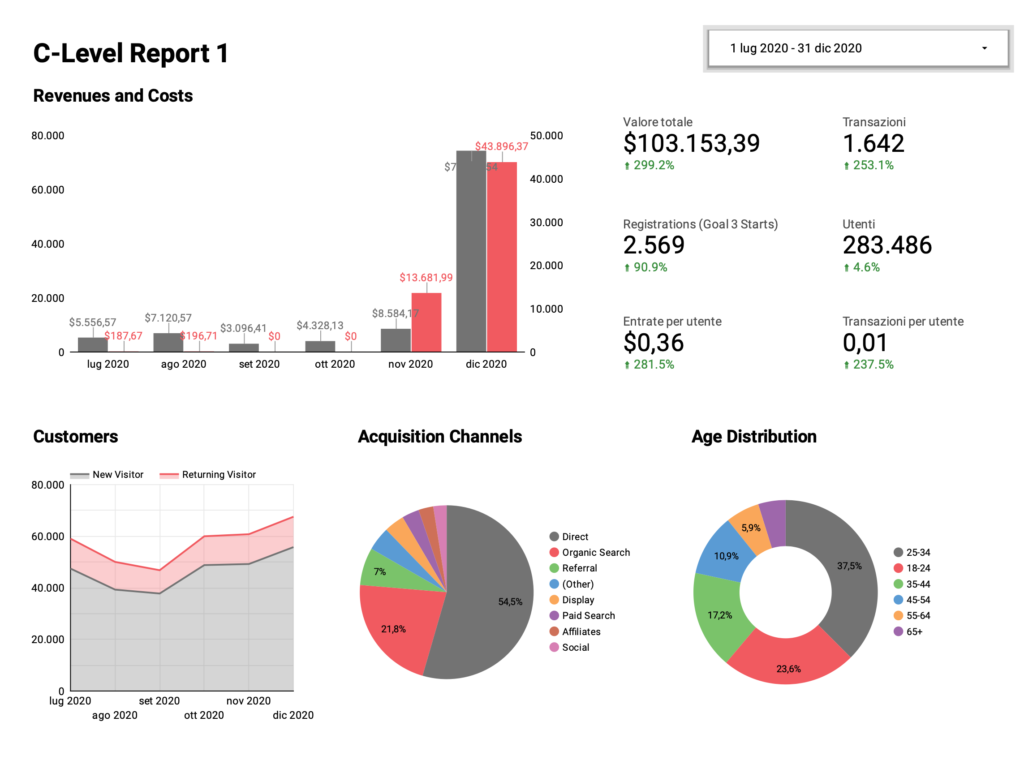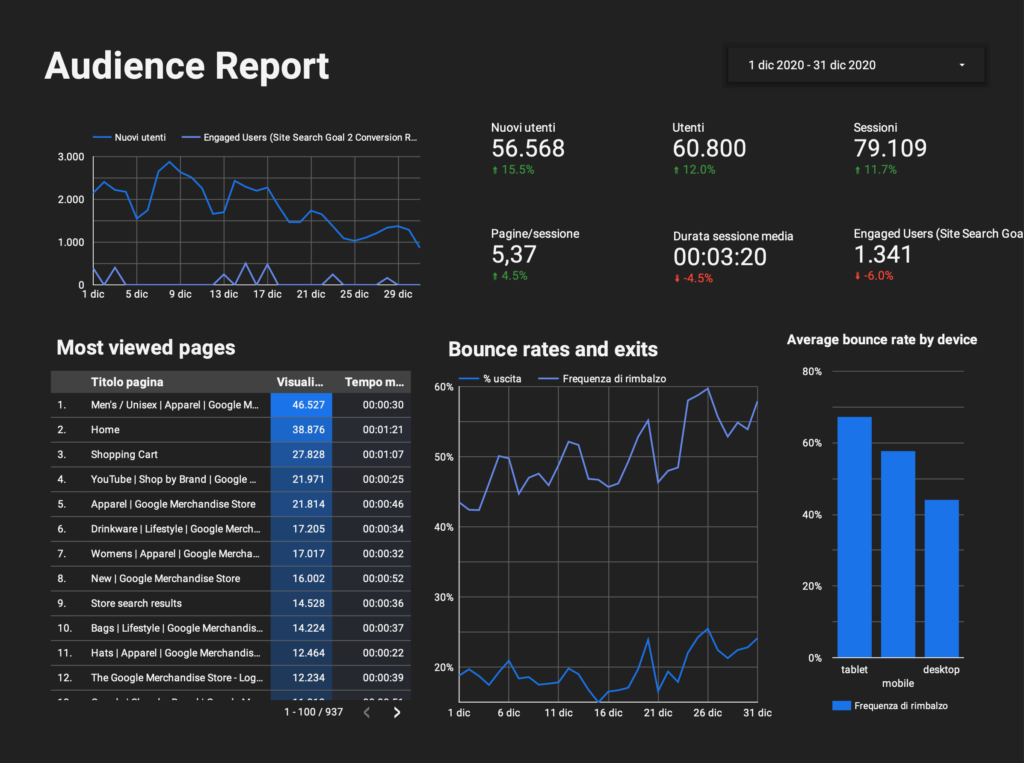Meetings can be dysfunctional.
Have you ever felt like you are attending useless meetings at work, losing a lot of time that you could have employed on that urgent task? Maybe you’re even upset because your colleague forgot to fix that problem they said she would have done. Do you wonder how to run an effective meeting?
Why does this happen? One of the reasons behind the meeting chaos, I believe, is that managers easily forget how to be effective and on point. A simple framework to keep teamwork effective and proficient is the 4DX methodology, a set of four rules that helps an organisation manage routine tasks and focus on the widely essential goals. Are your meetings following that?
In particular, the 4DX methodology is based on four disciplines. If you’re not familiar with some of them, I have written an article about them.
- Focus on the widely important. Are your meetings about your organisation’s goals? And what are you doing to achieve them? Or they’re more about organising the Christmas party?
- Act on Lead Measures. Are the topics of your meeting your relevant KPI and success measures that define whether your company is delivering results? Or it’s about feelings and perceptions of what’s happening?
- Keep a compelling scoreboard. Do you look at a scoreboard during a meeting? Are you discussing why sales are declining or capitalising on the increase of traffic on your website? Are people able to access this scoreboard?
- Create a cadence of accountability. Are the meetings regularly? Is the whirlwind of urgent-non important facts allowed, preventing attendants from being focused? What about the meeting duration? Was the meeting shorter than 30 minutes? Did the manager clarified the schedule before starting? Is there a clear list of tasks to accomplish during the rest of the week? Does it follow an account-review-plan structure?
Another fundamental element to excelling at meeting management is being aware of the detail you must keep. In the organisation, managers have to lookup more broad measures and goals rather than operative stuff. Thus the scope and the time frame of the meetings tend to be different.
A practical case: how to run an effective meeting
In the following sections, I imagined a meeting held by two groups of people of the same company: the first one is the high management and the second one is the technical stuff. By “imagining a meeting”, I mean creating the PowerPoint presentations of the meeting and the comments/discussion that it would be helpful to raise while looking at each slide.
The company used for the example is the Google Merchandise Store that we used previously for generating a sales forecast revenue since it kindly shares all its analytics. Data has been connected to some Google Data Studio dashboards to visualise better what is happening.
At the bottom of the page, you will find the two complete reports and the analysis; here are some extracts:
High-Level Reporting
C-Level managers interest should be around a few keywords: revenues, costs, user experiences, products and performance. Moreover, there are two dashboards: they should have a long term vision, and another one based on two weeks, to understand how it is going right now.

- Results in December have been quite remarkable. What were the success factors? Are they repeatable?
- Also, the spending has increased dramatically. Was it still profitable? Could it be possible to keep that level of investment?
- In general, there are lots of improvements in conversions. How to keep them up?
- Organic Search and Direct seem to have been our biggest channel of attraction. What was the success factor?

- September and October have no data on advertising, was anything not working or simply no expenses?
- Why the campaigns became less good in conversion with the increase in spending?
- Some campaigns with 0% ROAS running, what is happening there?
- Why was the money not allocated on most performing drives?

- Hopefully, bounce rate and exits seem to be decreasing slightly.
- Many performance metrics are increasing worryingly (page load, server response, page download). It would be helpful to check our services.
- Performance infrequent visitors countries seem appropriate.
- Why many users got stuck for many minutes on some pages? Was the content beautiful? Do they not know how to navigate or continue surfing?
Specialist Reporting
As mentioned before, staff should be focused on improving more specific areas, as following:

- Users acquired directly show an increasing trend. Why there’s such a rising trend?
- Affiliates acquired through affiliation has a high bounce rate. It would be nice to check how partners are promoting merchandise.
- Also, users acquired through paid search seem to stay a short time on the website. Are ads promoting the wrong message?
- Some pages seem not to retain users. They should be checked up.

- New users seem to be decreasing mainly due to direct traffic.
- Engaged users and average session duration is falling, and it looks like the website is less compelling.
- Bounce rate has a worrying increasing trend.
- Tablet users seem to be the ones dropping more often from the website.

- There’s a worrying increase in redirect time. Maybe some pages are not redirecting correctly?
- Some pages take a very long while to load. You should check them.
- It seems to work terribly on Opera and Android web view.
- Mobile load is way slower on mobile than tablet and desktop.
- Don’t forget to check PageSpeed Insights.
Conclusions
Boring meetings are the 21st century struggle for sure, but putting a little effort in using 4DX methodology could transform radically organisation effectiveenss. If you want to check more matherial, you can give a look at the C-Level Semester Report, C-Level Monthly Report, the Specialist Report and the full analysis.

Leave a Reply